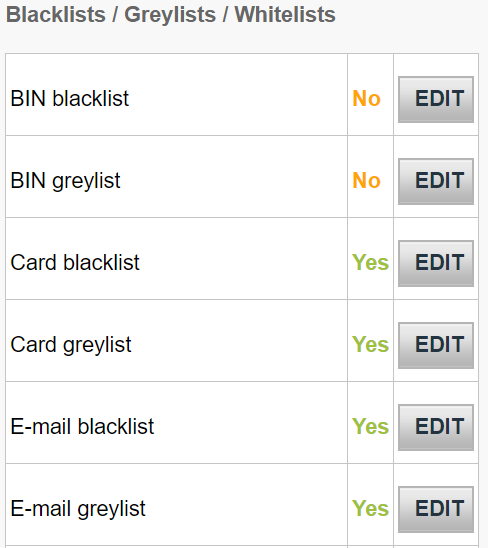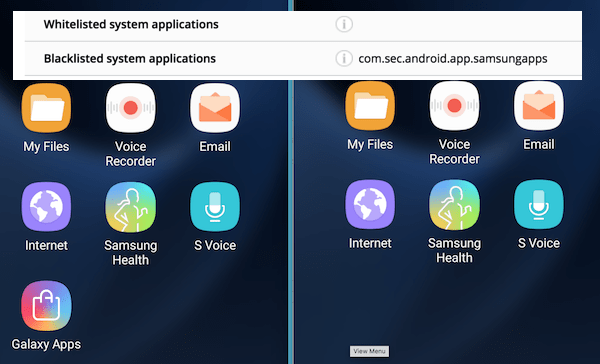Best Reasons On Deciding On Credit Card Apps
Wiki Article
What Constitutes A "Suspicious" Act And Can Result In The Blacklisting Of A Credit Card?
A variety of actions or behaviors could be suspect and result in the credit card to be blocked or flagged. A few examples of suspicious behavior include:- Unusual Buying Patterns
A sudden large transaction or an rise in spending compared with the typical spending habits of a cardholder could raise suspicion.
Unrecognized transactions
Fraud can be detected by transactions that are not authorized or not authorized on the statement of the card that the cardholder hasn't initiated or authorized.
Multiple Declined Transactions
A pattern of multiple failed or declined transactions within a short time period, particularly if the cardholder has a good overall transaction history could indicate an issue.
Geographic Anomalies
The suspicions could be raised if you make multiple purchases in different locations within the same time or are from a location that is far away from where you typically spend your money.
Abnormal Purchase Types-
The purchase of unusually expensive items, or that are inconsistent with the cardholder's spending habits might be flagged.
Uncommon Online Behavior
Unexpected online activity like numerous failed login attempts, altering account details or suspicious attempts to login could signal unauthorised access.
Unusual Card Use
If a card's usual usage pattern is disturbed this could be considered suspicious. For example, if a local credit card suddenly becomes used for international transactions.
Unexpected Cash Advances & Transfers
The cardholder could be alerted if there are large transfer, cash advances or other transactions unusual for their spending pattern.
Frequent card-not present transactions
An increase in the number of card-not-present transactions (online or over-the-phone purchases) without prior records of such transactions could be flagged for scrutiny.
Identity Verification Issues -
There could be suspicion if there is a problem in verifying the identity of the cardholder. This is especially when additional verifications are needed.
The card issuer may investigate these behaviors and block the card temporarily until they can verify the identity of the cardholder or the validity of the transaction.

What Should I Do If My Credit Card Is Listed On A "Blacklist"?
If you suspect that your credit card is placed on a blacklist, or if you believe that there's a fraud associated with your card, take the following steps- Contact Your Credit Card Issuer Immediately-
Contact the customer support number printed on the reverse of your credit card. Visit the website of the issuer for a hotline that is exclusive to report a fraud.
Inform your credit card company that you have concerns. Inform them that you are concerned about fraud or your security card could be compromised.
Report Suspicious Activity-
It is important to explain any transaction you suspect are odd or suspicious on your card statement.
Details about the transactions are required such as dates, figures and names of the sellers, in case they are.
Request Blocking of cards, replacement or Replacement
Demand that the issuer of your credit card temporarily block your card in order to prevent further unauthorized transactions.
Discuss the replacement process of the card with credit access.
Review your account and contest charges
Review your bank statements to identify any suspicious transactions you may have overlooked.
If you find unauthorised charges, inform the card issuer and ask them to investigate.
Be Watchful and Monitor Your Credit Report
If you are concerned make sure you contact the credit card company and ensure that necessary actions are taken to resolve them.
Always monitor your credit card for unusual or unanticipated activities.
You might want to consider putting up an alert for Fraud or Security Freeze
If the issue is extremely serious then you might want to consider placing a credit freeze or fraud alert to protect your identity from fraud attempts.
Send a report to Authorities-
Notifying the Federal Trade Commission or filing complaints with your local law enforcement agency is highly recommended in the event of suspicion of significant fraud.
To minimize losses and stop further unauthorized transactions, it is essential to act swiftly. By reporting any suspicious activity immediately and cooperating with your credit card company, you can lessen the potential impact of fraud or abuse of your credit card.

How Do Cybersecurity Experts Detect And Monitor Cyber-Attacks Which Include Stolen Credit Card Data?
Cybersecurity professionals employ a range of strategies, tools and methods to detect and track cyber-attacks, including stolen credit card information. The most common methods and practices are: Threat Intelligence Gathering
It is essential to gather information from various sources, such as threat intelligence feeds (such as forums) as well as dark web monitoring and security alerts to keep up-to-date with new security threats and weaknesses.
Network Monitoring & Intrusion Detection
Monitor the network's traffic with specialized software or tools. Look for suspicious or unusual behavior that may indicate unauthorised entry or data breaches.
Vulnerability and Penetration TestsVulnerability and Penetration Tests
Conducting regular assessments to find weaknesses within systems, applications or networks. Testing penetration tests involves performing simulated attacks to uncover weaknesses and evaluate the company's security capabilities.
Security Information and Event Management Systems (SIEMs)
Implementing SIEMs that combine log data and analyze it from various sources (such firewall servers and applications), in order to detect security incidents and respond to them immediately.
Behavioral Analytics:
Utilize behavioral analysis to identify irregular patterns or variations in user behavior, within systems or networks. This could indicate a possible compromise.
Threat Hunting
Monitoring for suspicious activity on the network of an organisation by analyzing logs, traffic and system data. This may help to identify threats that have eluded traditional security measures.
Endpoint Security Solutions-
Endpoint security tools (such as anti-malware, endpoint detection and reaction tools) are employed to safeguard devices and their endpoints from malicious activities.
Encryption & Data Protection
To decrease the chance of data breaches, use methods of encryption for sensitive information such as credit card numbers, both in travel and in rest.
Incident Response and Forensics-
Implementing incident response plans will allow you to quickly respond to emergencies. Conducting an investigation to determine the severity, impact and root cause of security incidents.
Cybersecurity experts blend these methods with a thorough knowledge of changing cyber-security threats, compliance requirements and the best techniques to detect the threat, reduce it, and address cyber-related security threats, which include stolen credit card details. Monitoring continuously, threat intelligence, and a proactive approach to security are vital to maintaining a robust defense against cyber attacks. Have a look at the top savastan0 cc shop for site info.
